Scientists and government advisers have urged people to rethink Christmas plans and ignore the easing of Covid rules amid fears over rising cases and hospitalisations in parts of the UK.
While “Christmas bubbles” let three households mix between 23 and 27 December, experts warned ministers were sending the wrong message by saying families must simply “follow the rules” – suggesting this could lead to a third wave with just weeks to go until mass vaccinations protect society’s most vulnerable.
Official data suggests Covid cases are rising in some parts of the UK, including London, raising concerns that more areas will need to be placed under tighter restrictions. On Friday, the R number for England was estimated to be between 0.8 to 1.0, with concerns that the epidemic could be growing in some parts of the country including London and the east of England. The R number for the UK as a whole was estimated to be between 0.9 and 1.0, up from 0.8 to 1.0 the week before.
Hospitalisations have plateaued in the past week but are rising in some parts of the country including London and the south-east, NHS England admissions data to 8 December shows.
The data has led scientists to urge people to rethink their festive plans.
‘Plan for a quiet Christmas’: fears of Covid super-surge in south Wales
Read more
“If people [aren’t] cautious, then we will pay for our Christmas parties with January and February lockdowns,” said Prof Devi Sridhar, the chair of global public health at the University of Edinburgh. “With a vaccine just weeks away, why risk infecting vulnerable and elderly people we love?”
Prof Susan Michie, a member of the government’s Scientific Pandemic Influenza Group on Behaviours (Spi-B) and the Independent Sage group of experts, agreed. “One has got to respond to the situation as it is, not the situation as we’d like it to be,” she said, reiterating that people should think carefully about whether to meet up with others, and if they do, only meet outside. “If we really want to keep our loved ones safe, the best thing is not to see them.”
Prof Stephen Reicher of the University of St Andrews, who is also a member of Spi-B and Independent Sage, said a plea by the health secretary, Matt Hancock, for people to respect the rules this Christmas sent the wrong message.
“The message which says stick to the rules misses the point entirely,” he said, warning of a huge increase in infections even if everyone followed the rules to the letter. “The danger is when you say people can, you imply that it is safe and therefore they should.”
Scientists have previously said that meeting in small spaces with poor ventilation and alcohol risks a perfect storm for transmission of the coronavirus.
“There may be circumstances where there are other factors that make you think it is worth taking that risk – but people have got to do it knowing and being clear about what the risk is,” said Reicher.
“[The government] messaging should be very much you have got the choice [but] it is dangerous and therefore don’t do it unless you really need to do it.”
The latest rises in London, Kent and Essex, concentrated among children aged 11 to 18, makes the concerns more acute. Increases in infection rates in young people eventually lead to a rise in infections among older people.
On Thursday Hancock announced mass testing in schools in these areas. But Reicher described the failure to allow schoolchildren to stay at home and self-isolate next week – as is happening in Wales – before seeing elderly relatives as “desperately dangerous”.
“It really is, I think, quite remarkable unjoined-up policy which is putting people in danger both through the lack of clear messaging about the risks, and putting people at danger by not allowing them to do the things to allow them to meet up safely,” he said.
England emerged from a four-week national lockdown on 2 December, designed to suppress the virus sufficiently to allow rules to be eased over Christmas. On Friday figures from the Office for National Statistics, based on swab testing of random households in England, show the percentage of people testing positive for coronavirus fell between 29 November and 5 December, with significant variations by region.
“Over the most recent week, the percentage of people testing positive has increased in London and there are early signs that rates may have increased in the east of England; the percentage of people testing positive has decreased in all other regions,” the ONS team said. About one in 115 people in England had Covid in the most recent week.
Graph
The number of new cases per day in England is now similar to levels seen in early October, while hospital admission figures are similar to those of mid-November, with 1,466 admissions on 7 December. About a third of upper-tier local authorities in England recorded an increase in case rates between the week before lockdown began and 6 December. Medway in Kent, which is now in tier 3, reported the largest rise, with rates increasing by almost 300%.
Prof Rowland Kao, an epidemiologist at the University of Edinburgh, said the impact of the latest lockdown appeared to have been greater in some areas than others. “It may be that insufficient numbers of people were following restrictions – or … the natural factors we are all aware of – colder, more humid weather with more meeting indoors with less ventilation – may be counterbalancing to some extent the impact that restrictions have on transmission. Or a combination of both,” he said.
Speaking at the Downing Street press conference this week, Prof Chris Whitty, the chief medical officer for England, emphasised the need for caution, saying the country needed to “accept that Christmas is a period when we can do things, that’s the reason why the rules are being relaxed – but that doesn’t mean we should do things”.








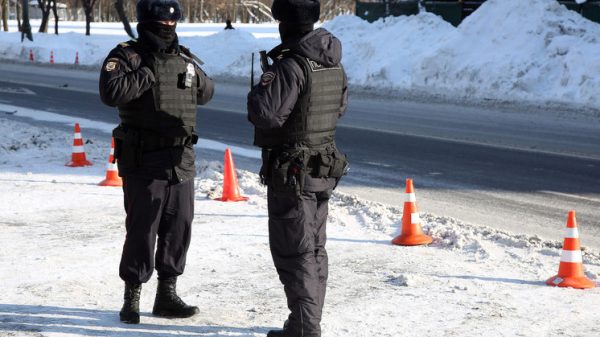
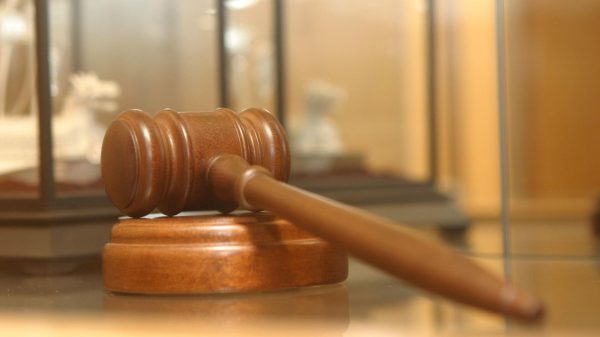




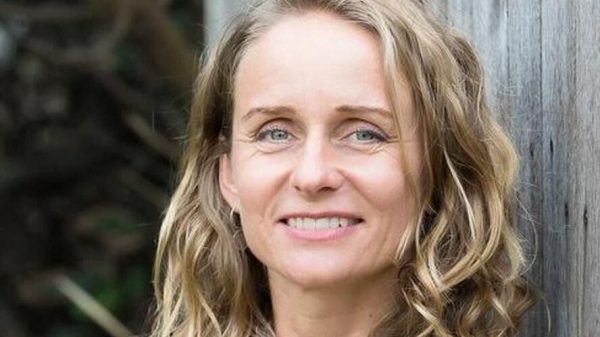





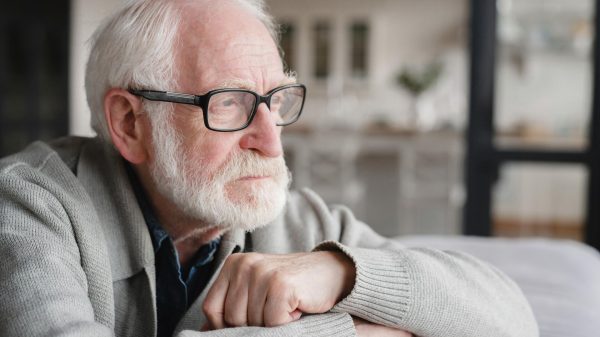










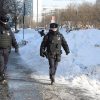
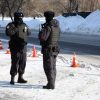













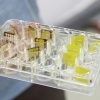


Свежие комментарии